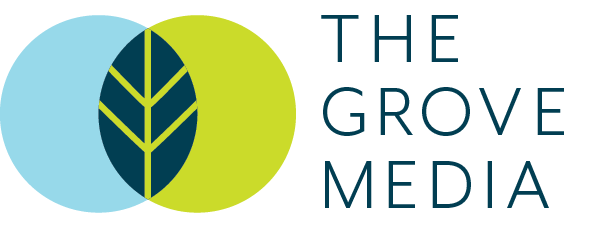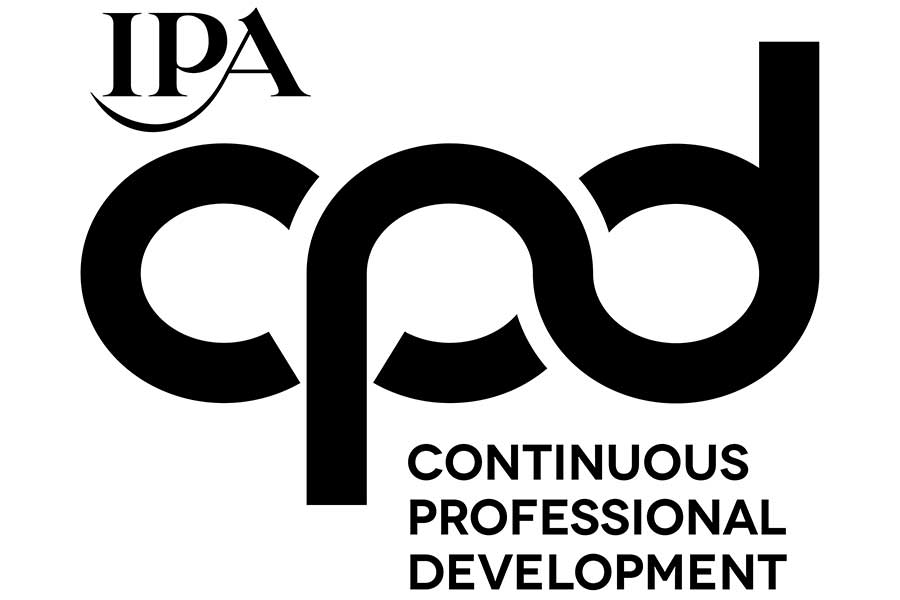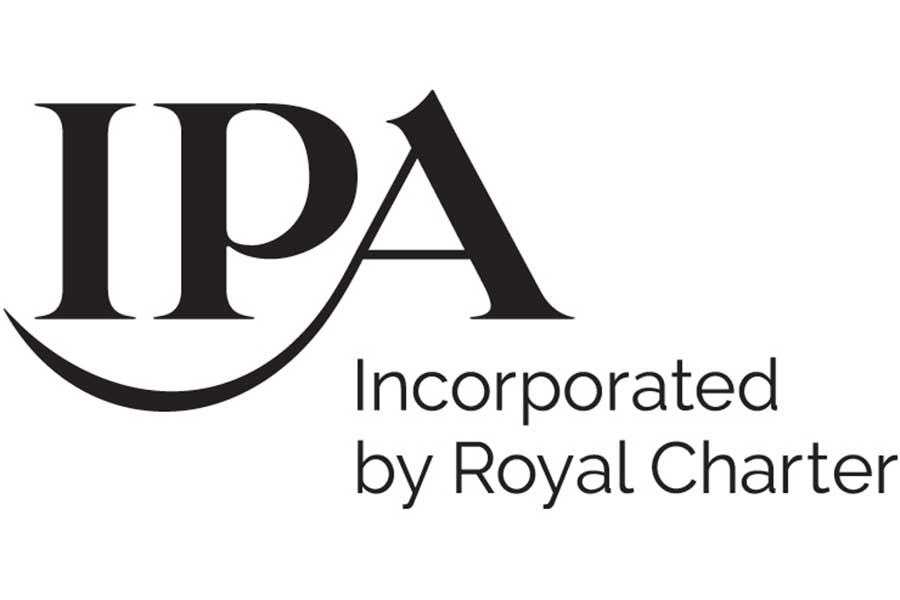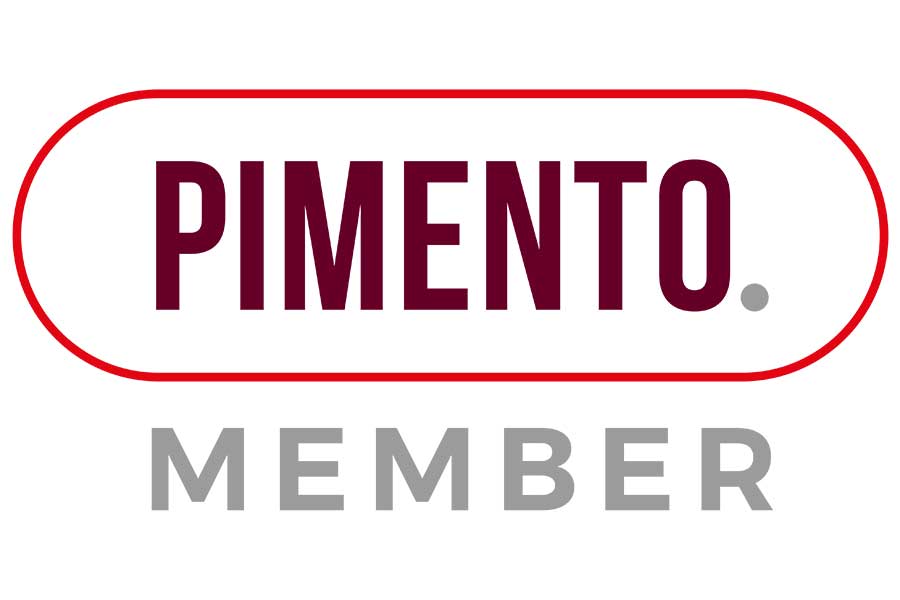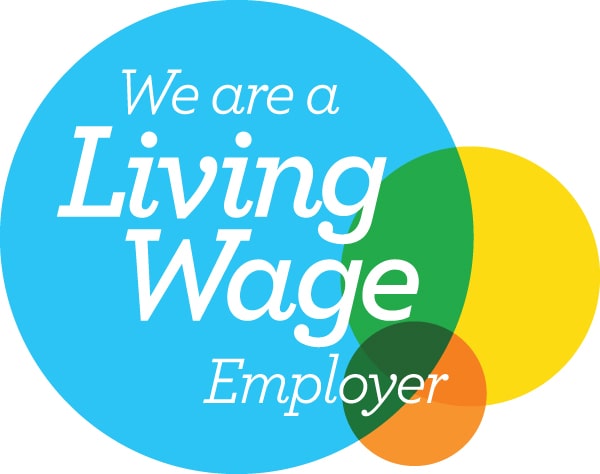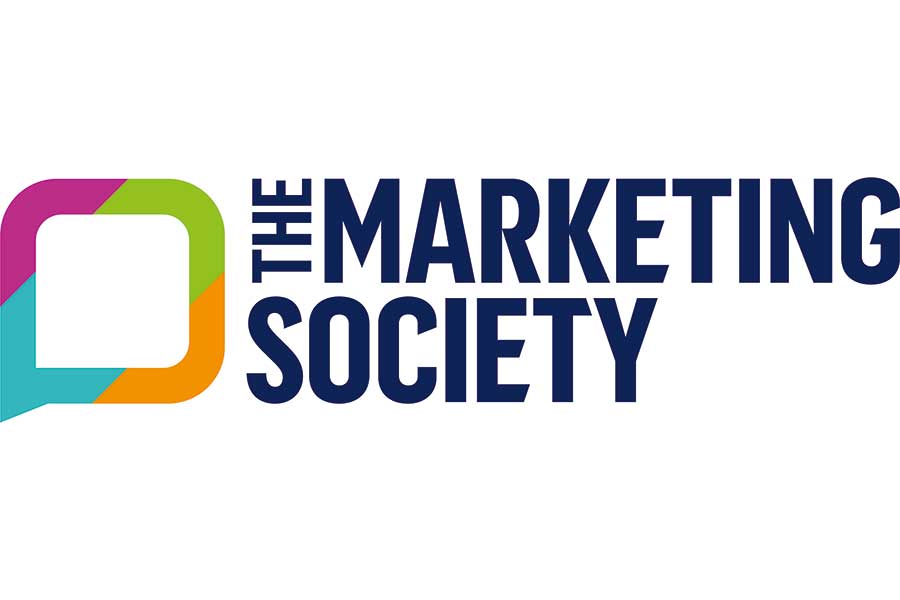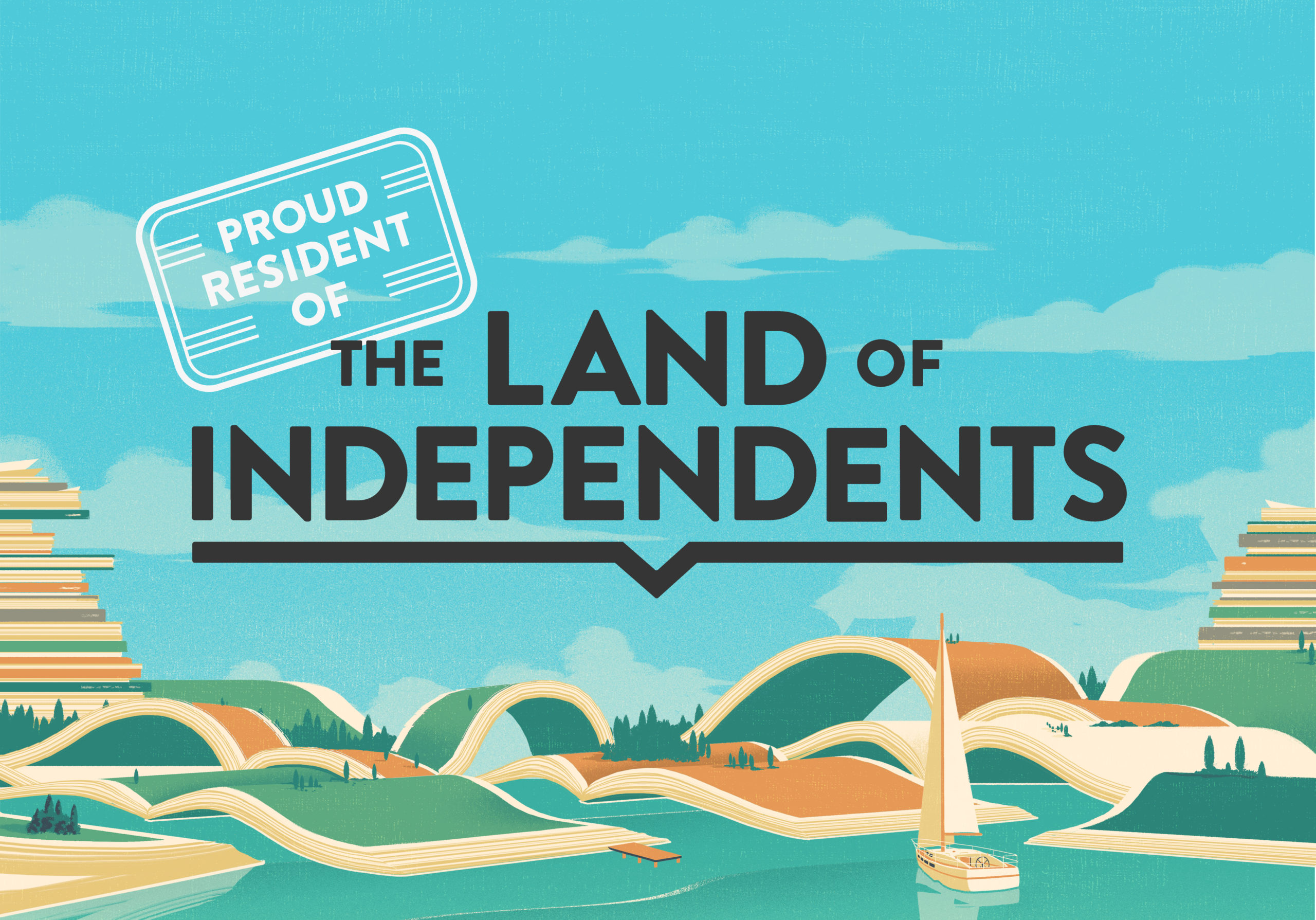How ChatGPT can help SME advertisers improve productivity and efficiency
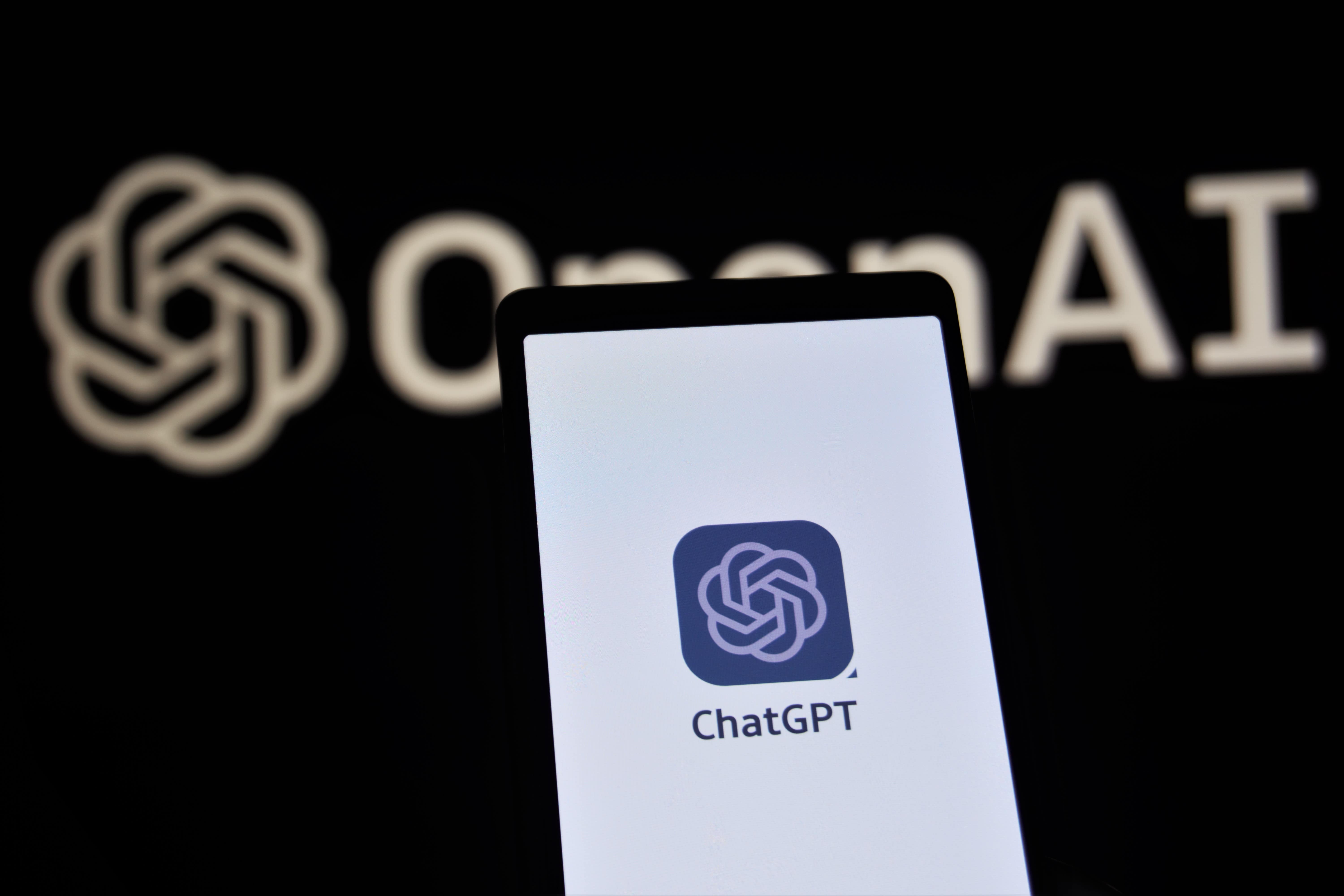
By Alina Pruteanu, Digital Development Director, The Grove Media
On 30th November last year ChatGPT launched, and since then, generative AI has been in the headlines almost every day. It’s not that artificial intelligence is anything new, but rather that the chatbot-fronted app suddenly opened up a wealth of potential opportunities for consumers and businesses alike.
In advertising, companies have been putting predictive AI and machine learning to good use for several years. By combining the technology with data analysis and statistical modelling, companies have been able to process huge amounts of data in order to unlock insights and make predictions about consumer and media behaviour. And AI is now at the heart of all programmatic trading and adtech.
But it’s the ease and efficiency of generative AI that’s getting the industry so excited, and also worried. With apps like ChatGPT, the technology processes vast quantities of source data to generate new and original content which feels just like it has been created by a human: written text, photography and even music. And many of the global ad businesses have been falling over themselves to rush to market with offerings, ranging from bespoke AI interfaces through to AI-dedicated agencies. And the trade press has featured several campaigns created by generative AI.
But this tech is not just for the biggest in advertising. Far from it. The cost-saving simplicity of generative AI, can open up a lot of possibilities for SMEs and solve a few perennial problems as well.
There are many real-world, everyday use cases for ChatGPT, which help with improving productivity and efficiency. Some can also help SMEs leverage functions which previously would have required hiring a new person or a freelancer, or to buy additional software. Generating summaries and outlines, identifying SEO-friendly keywords for a topic, creating ad or social media content, creating responsive chatbots for your website and even writing code, are all straightforward activities in ChatGPT. Given the range of possibilities for SME advertisers, let’s focus specifically on two areas: media planning and copy creation.
What is and isn’t possible in media planning
All programmatic advertising is now AI powered and it enables advertisers to place the right ad at the right time, in front of the right audience at the right cost. But generative AI has the opportunity to become a complimentary tool in media planning as well.
AI is able to help advertisers make smarter budget decisions by aggregating data from multiple sources. In digital campaign planning, generative AI is making real inroads into the functionality, such as integrating ChatGPT to create new copywriting and campaign capabilities for paid search campaigns, plugging ChatGPT into campaign management data & analytics to accelerate performance, and to create description versions for search engines to test brand voice and positioning. All of these enhance productivity and efficiency.
And ChatGPT is very good at generating broad consumer insights, and generating thought-provoking ideas to fuel brainstorming. However, it won’t be able to help you with audience planning. At The Grove, we put an audience segment into ChatGPT and asked for media consumption habits and this simply did not align with reports from Kantar TGI.
To get the best results with planning you need to be very specific with your query. If the interrogation is broad, you will only get a generic answer. The more questions you ask, the better the output. It can act as a very good starting point to define a framework for a media plan or a media flowchart, but it simply doesn’t have the strategic capability of an experienced media planner. ChatGPT can’t give you an accurate forecast for KPIs, but if you give it historical data, it can support with KPI estimations, and will give you estimations across different scenarios.
Using ChatGPT to help with copywriting
Arguably, the ability to create compelling content through AI automation is one of the biggest benefits for SME advertisers. Many SMEs really struggle to generate enough content to optimise their websites or to build a strong online presence. And some simply don’t have the agility to react quickly enough to changes and trends.
So, just think of the content that previously required time-consuming, expert help that can now be produced using a simple app: search ad copy, social media copy, email content, landing page content, descriptions for product feeds…the list goes on.
We tested ChatGPT to generate copy for paid search without giving very specific instructions. We just asked for a paid search ad in a table and provided the landing page as a source of information. The results were pretty good. But we soon spotted that character limitations were not considered and that the brand name wasn’t captured in the copy at all. We then provided additional instructions, including number of headlines, character limitations, and description line requirements. This improved the quality of the content.
Overall, we think that the quality of the ChatGPT-created ad copy is about six out of 10, compared to human-written content. As you might expect, it requires thorough editing and proofing. We identified a few headlines that went over the maximum number of characters, which is a red flag as the ad wouldn’t have been approved. We also found that the description lines were very short compared to the maximum number of characters allowed.
As with using ChatGPT for planning, the output will only be as good as the input. You have to ask the right questions and provide the right information and parameters. We found it really helped to break tasks into smaller elements, with clear instructions for each, eg: generate headlines, then generate description lines, then generate call to actions.
You need to specify the platform you want the ad to be written for and provide additional input around your target audience and market. ChatGPT won’t be able to comply with very specific editorial policies, so you have to consider this during the editing stage. Equally, the system doesn’t have the emotional intelligence to comply with brand tone and voice, so this is another key thing you have to check.
We were impressed with what ChatGPT can potentially do for SME advertisers, but it isn’t the answer to all media and content problems. It’s great for creating planning frameworks, brainstorming ideas, and for writing copy. But it’s a not replacement for your agencies.
If you want to take the plunge, it’s easy to get started. ChatGPT is free to use, but there is a paid version, which costs $20/month. The paid tool delivers faster results when the demand is high and uses GPT-4 as opposed to GPT 3.5 technology.
Talk with us at The Grove to assess what areas of your marketing can easily be improved by generative AI and how to work this into a plan. Used properly, AI can have a positive impact on both productivity and efficiency in real-world media and advertising.
This article appeared on New Digital Age link below
Photo courtesy of Mojahid Mottakin @ Unsplash
